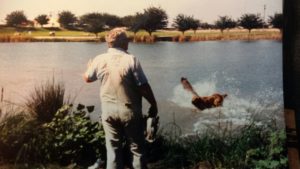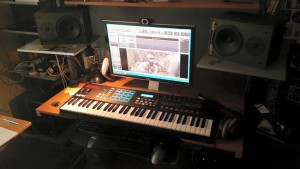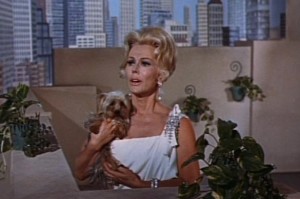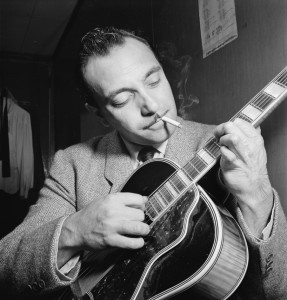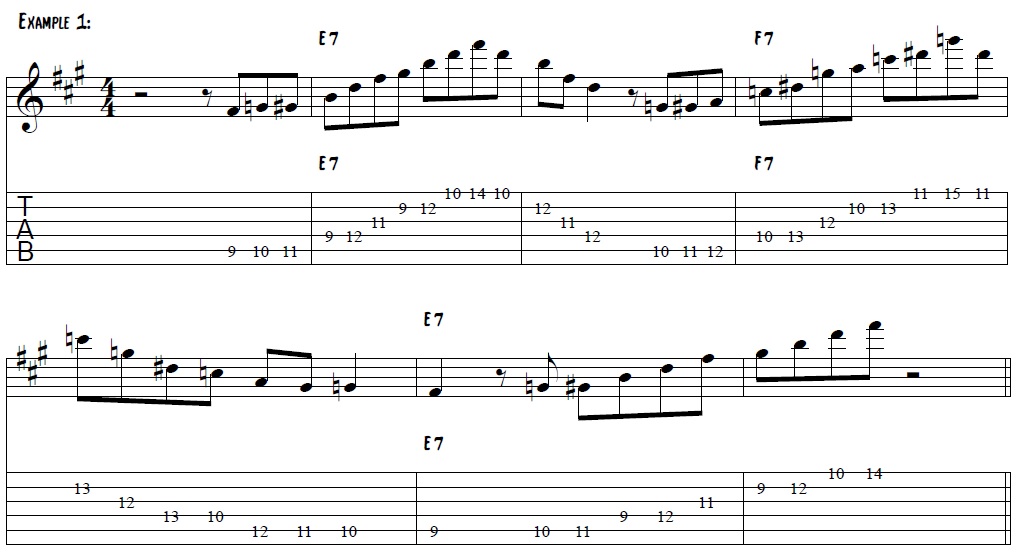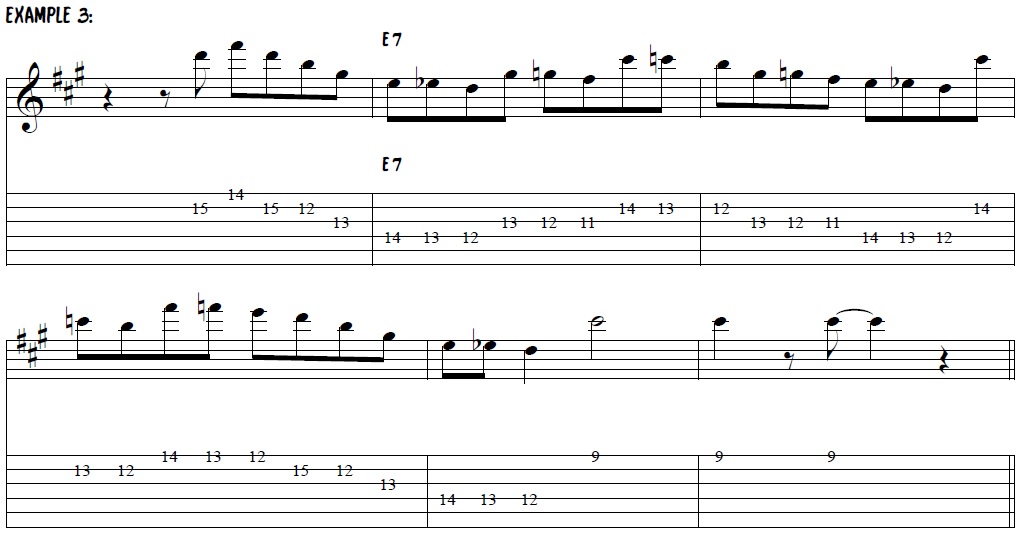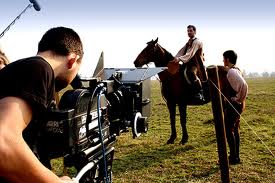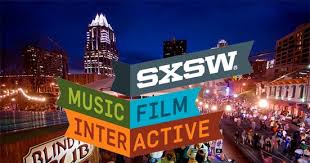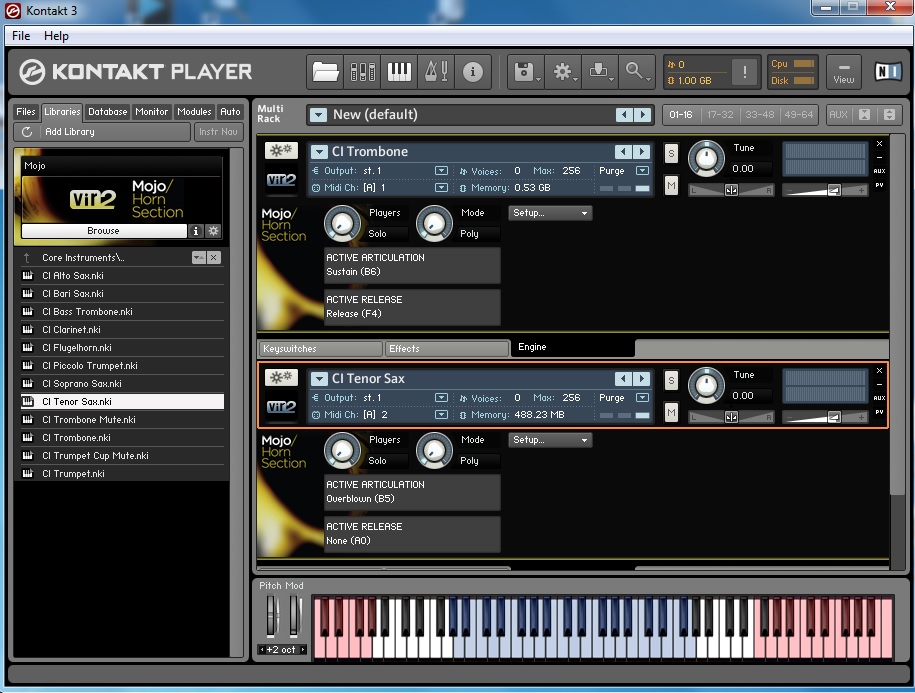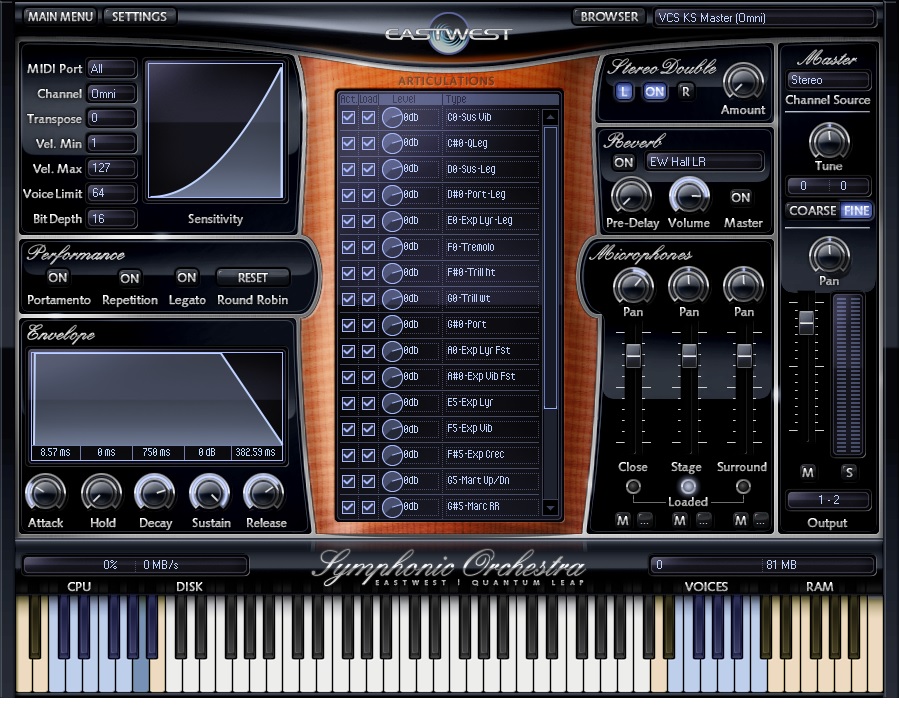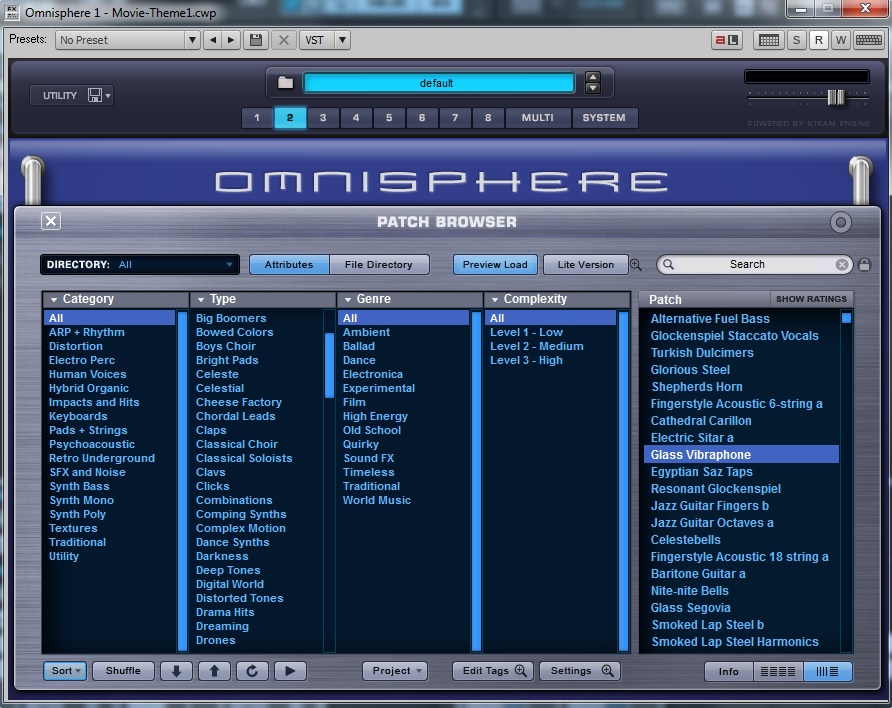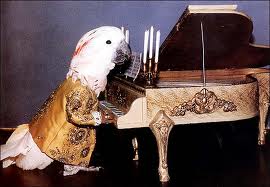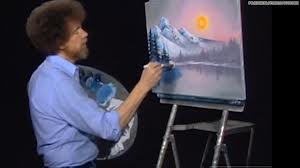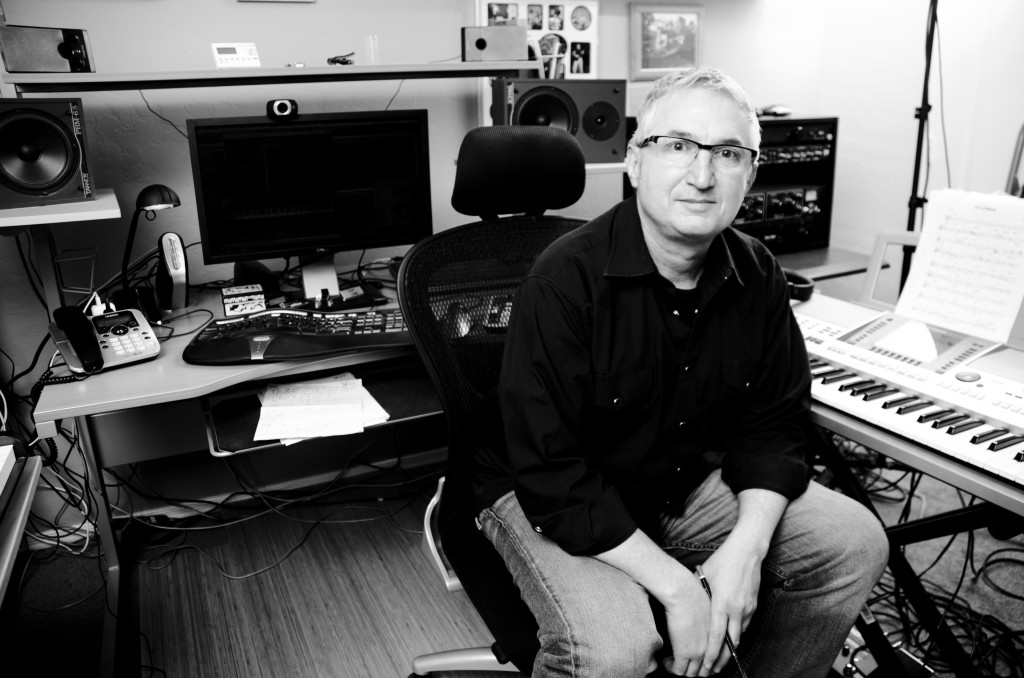
Jim Pfeifer
Why the Crazy Composer Blog?
Most creative pursuits require some amount of craziness on behalf of the creator. Letting go of your inhibitions, and stifling your inner critic, requires a certain amount of craziness. It’s only through that process of letting go that ultimately lead you to your best work. This has been my own experience, both as a musician and a composer.
I created this blog to share my passion for creating music, as well as my love for teaching about various aspects of the music creation process. As a composer today there are so many things that one needs to develop skills in (often it is equal parts musical and technical). This process can become almost overwhelming when you look at from the perspective of a solo composer, creating their own work in a project studio, playing most of their own parts:
- musical concepts and theory
- knowledge of various genres and styles of music
- orchestration skills
- performing techniques (assuming that you are playing your own instruments)
- recording and production techniques
- sound design and knowledge of various software used in music making
- IT skills
- knowledge of the music business
If trying to simultaneously juggle all of these aspects doesn’t make you go crazy, then I should probably come up with a new name for my blog. Crazy or not, I find this whole environment exciting! There’s nothing like the thrill of hearing your finished production through the studio monitors for the first time, after starting with an initial spark of an idea in your head and sculpting it into a finished work. I live for this! It demands every ounce of talent I can muster and every remaining brain cell I still have left after college. When a piece finally comes together, there’s simply nothing like that thrill of hearing it fully realized.
There are tons of web sites focused on reviewing music gear, or teaching guitar licks, but I haven’t found many sites dedicated to the big picture, the art of composing music in a project studio. I wanted to create this blog to serve as both an ongoing journal of my own composing projects, but also to share what I’ve learned with others as I make my own journey through this. If you find any of my own insights to be useful to you on your own musical journey, then I’ve accomplished my mission.
I have been playing music for most of my life, and I’ve always had a fascination with music and the process of creating it. My life-long journey with music seems to boil down to this concept: I’m on a constant search to understand “why” various musical concepts sound good, and make me feel a certain way. It has never been enough for me to learn a certain riff or chord that I liked, without some attempt to understand why the composer decided to use that chord, that scale, in a song. Why does it work and why does it make me feel a certain way. I didn’t realize it back when I was first learning about music through my guitar playing, but this was the beginning of my life as a composer, always searching to understand more music and how to harness it to express various emotions and ultimately connect with people.
I was drawn to music at a young age, constantly figuring out little melodies on the piano and trying to copy songs that I’d heard on the radio. I was a “play by ear” player when I first started using whatever we had around the house, the piano, a harmonica, etc. I picked up the guitar at the age of 13, after taking a guitar class at school. I was immediately drawn to the instrument and practiced constantly. My school teacher urged me to study with a Jazz instructor to further my studies. After auditioning for a local Jazz guitar player, he agreed to take me on as a student and I studied with him for several years. I also had a huge fascination with Blues and Rock. In those days if you wanted to learn the Blues and Rock stuff your only option was to learn by listening to records, since most of the legit instructors would not teach the Rock and Blues stuff. I spent lots of time wearing out albums by Johnny Winter, BB King, Rory Gallagher, Santana, or anything else I could get my hands on that I could copy some licks from.
One of my musical turning points came when I first heard the Steely Dan album “Aja”. At that point my world of Jazz instruction and Blues were completely separate things, but when I heard this record I realized that there were people out there who somehow merged these two worlds into something new. I was completely blown away. I started reading all of the album liner notes to find out who these session musicians were. This got me into players like Larry Calton, Tom Scott, Robben Ford, Lee Ritenour and guys like that who had a more developed musical approach to Blues and Rock playing. This also led me to players like Pat Metheny, who I’ve admired for many years as much for his composing talents as well has his playing.
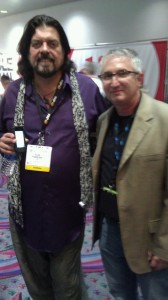
I had the opportunity to meet one of my all time heros, Alan Parsons, at CES last year
I’ve always had a certain musical curiosity that has driven me to learn new things. I remember hearing the intro to “The Twilight Zone” when I was a kid, and how it made me feel the first time I’d heard it. I spent hours with my guitar, twisting my fingers in various ways up the neck until I could copy the lick exactly with my guitar. (only later I learned that this part was actually recorded with two guitars) I saved that lick and used it to make people laugh at rehearsals whenever someone would say something stupid, or at basketball games with the “pep band” whenever the referee would make a bad call. The audience seemed to like it too, especially if the referee made a particularly bad call.
One of my friends in junior high had a talent for making sound effects and impersonations with his voice. We would sit down with a tape recorder and make little comedy shows, where he would create these voice characters and I would compose background music to go with each character, spacey music for the alien story, funky music for the James Brown character, game show music for the quiz show section, etc. I found it both challenging and great fun to come up with music that would enhance my friends impersonations. Had I only known back then that there were people who made their livings doing such things, I might have taken it more seriously.
I studied Electrical Engineering in college but I continued my musical studies as well, taking many courses in Music Theory, Jazz Improvisation, Electronic Music, and playing in the university Jazz ensembles. I also started working as a session musician at a local studio that created demos for a local song writer, who owned the studio.
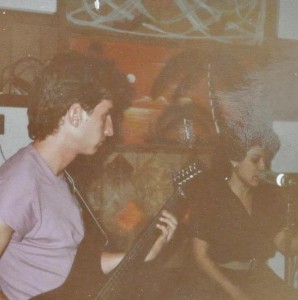
Working at Wildfire Studios in Las Cruces, New Mexico during the 80s
This was my first exposure to arranging and the importance of having good material to start with. We were given horrendously bad songs and asked to make them sound like pop hits of the day. It was a huge challenge to take crap songs and make them sound like something fit for the radio. Soon after this I started collecting my own gear to start my own home studio, so that I could experiment with my own songs.
Over the years I’ve kept up my music activities, even though I’ve made my living in the technology industry. I’ve played in a variety of bands and also taken session work for various musicians in the area playing country, mex-tex, rock, blues, Jazz, rockabilly, surf, and worship music among other things.
I started getting more serious about composing in the last 10 years as the technology has vastly improved, and professional recording technology has become more accessible without resorting to bank robbery to fund it. In addition, the internet has provided new ways for musicians to connect with potential opportunities, and other like-minded folks all over the world.
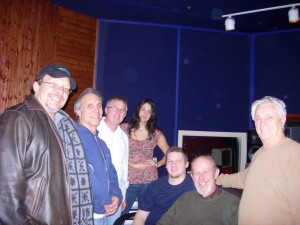
Working in Las Vegas 2007 doing session work for producer Tommy DeVito of The Four Seasons
I continues to write and record his own music in addition to actively gigging in the Phoenix area.
I was a 2nd place winner in the 2013 International Songwriting Competition for my song “The Invasion of Mayberry”
My music has been placed in TV shows on A&E, TLC Network, E! Channel in addition to corporate websites and podcasts.
Welcome to my blog, and I hope that you find something useful here.
–Jim Pfeifer


